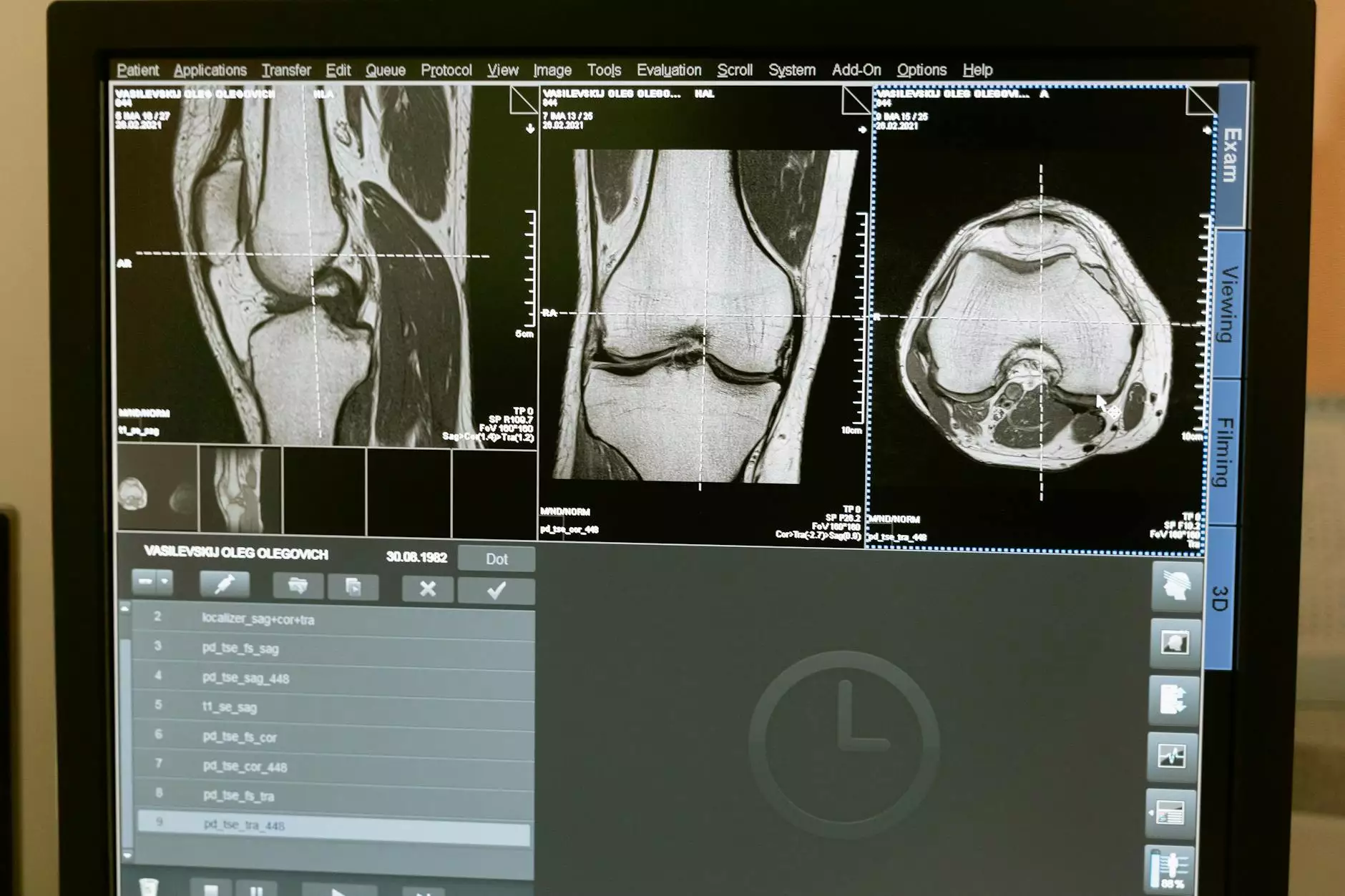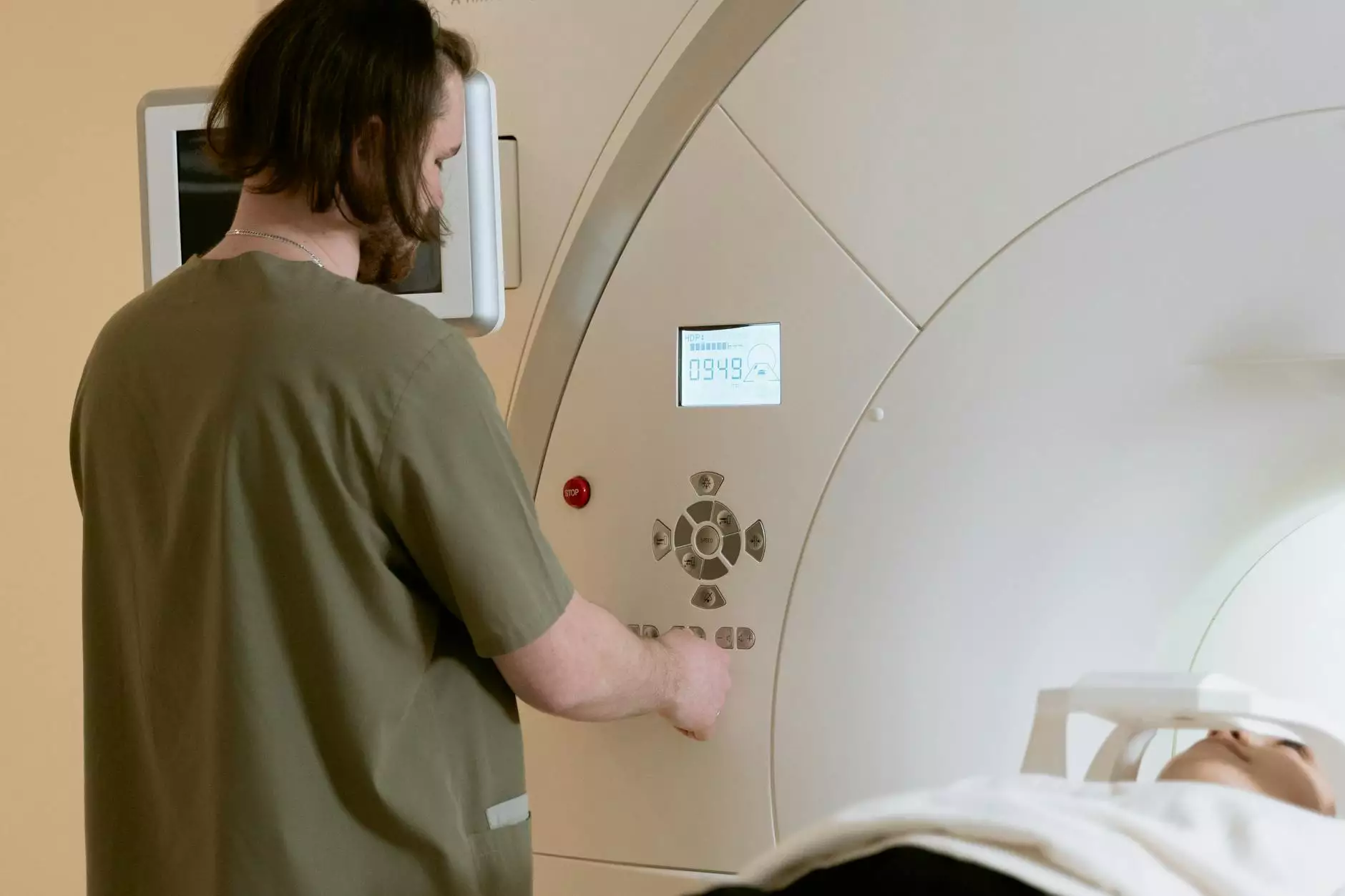Hip Dysplasia in Adolescents

Understanding Hip Dysplasia
Hip dysplasia is a condition that primarily affects infants, but it can also manifest during adolescence. It is a developmental disorder of the hip joint where the ball and socket do not fit together properly. This can result in instability, pain, and limited range of motion. If left untreated, hip dysplasia in adolescents can lead to long-term issues such as osteoarthritis.
The Importance of Early Detection and Treatment
Early detection and treatment of hip dysplasia in adolescents are crucial for a successful outcome. At Foley James D MD, we specialize in providing expert care and comprehensive treatment options for young patients with hip dysplasia. Our team of dedicated professionals is well-versed in diagnosing and treating this condition using the latest advancements in medical technology.
Signs and Symptoms of Hip Dysplasia
Adolescents with hip dysplasia may experience various signs and symptoms, including:
- Pain or discomfort in the hip, groin, or thigh area
- Limping or favoring one side while walking
- Clicking or popping sounds in the hip joint
- Difficulty with activities that involve the hip joint, such as running or climbing stairs
Diagnostic Procedures
Our experienced medical team utilizes various diagnostic procedures to accurately confirm the presence of hip dysplasia in adolescents. These may include:
- Physical examination to assess hip stability and range of motion
- Imaging tests such as X-rays, ultrasound, or MRI scans to evaluate the hip joint
Treatment Options
Every adolescent with hip dysplasia is unique, and treatment options may vary depending on the severity of the condition. Our team will carefully evaluate each patient to create an individualized treatment plan. Common treatment options for hip dysplasia in adolescents include:
- Non-surgical interventions: This may include physical therapy, hip braces, or medication to manage pain and improve joint function.
- Surgical procedures: In certain cases, surgical interventions may be necessary to correct the structural abnormalities causing hip dysplasia. These procedures may involve reshaping the hip socket, repositioning the femoral head, or other techniques aimed at improving joint stability and function.
Recovery and Rehabilitation
After undergoing treatment, proper rehabilitation is essential for optimal recovery and long-term outcomes. Our team will work closely with each adolescent and their families to develop a comprehensive rehabilitation plan that may involve physical therapy, exercises, and lifestyle modifications. Regular follow-up appointments will be scheduled to monitor progress and make any necessary adjustments to the treatment plan.
Why Choose Foley James D MD
At Foley James D MD, we take pride in offering high-quality medical care for adolescents with hip dysplasia. Our commitment to excellence, advanced treatment techniques, and individualized approach set us apart. By choosing Foley James D MD, you can expect:
- Expert medical professionals with extensive experience in treating hip dysplasia in adolescents
- A multidisciplinary team specializing in orthopedics, pediatric care, and rehabilitation
- State-of-the-art facilities equipped with the latest medical technology
- Compassionate and personalized care tailored to meet each patient's unique needs
- Proven track record of successful outcomes and patient satisfaction
Contact Us Today
If you suspect that your adolescent might be affected by hip dysplasia, don't delay seeking appropriate medical care. Contact Foley James D MD to schedule a consultation and discuss the available treatment options. Our dedicated team is here to provide expert guidance and support throughout the journey to improved hip health for your child.










